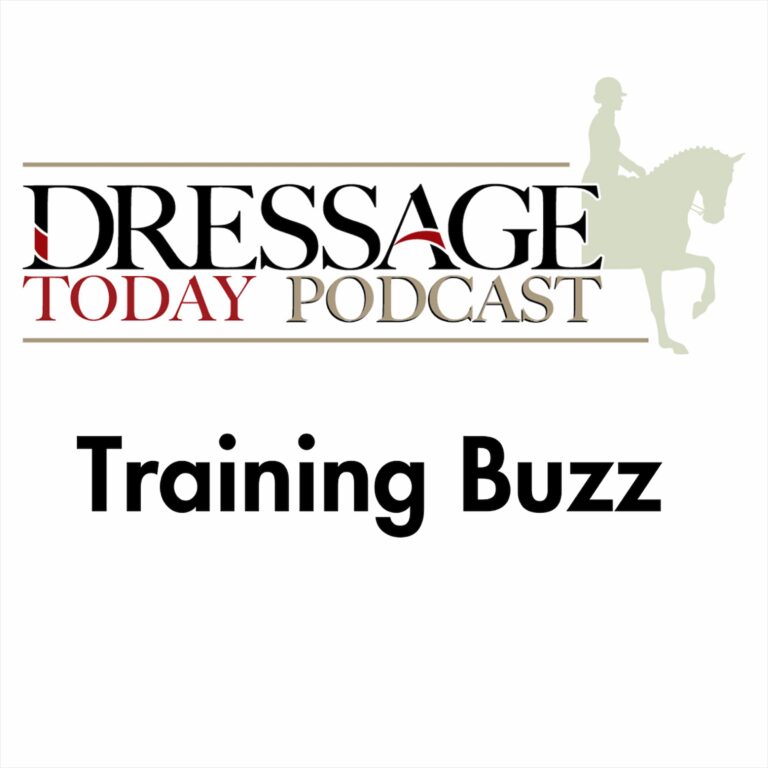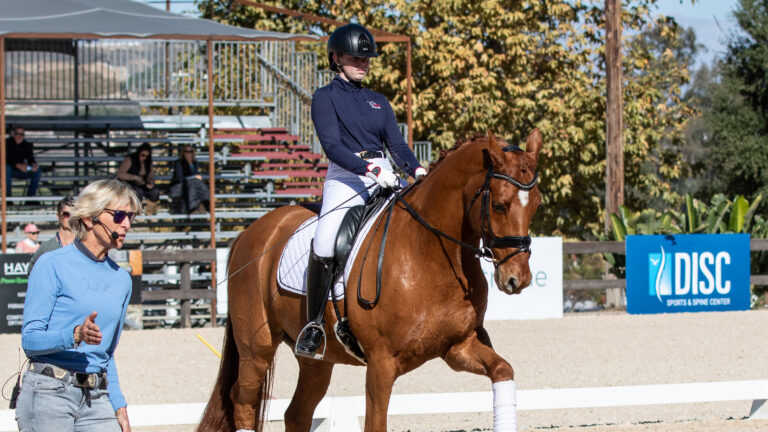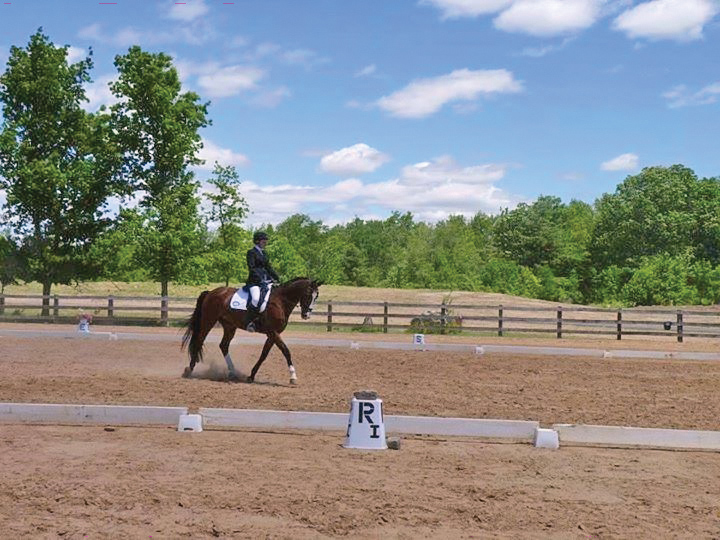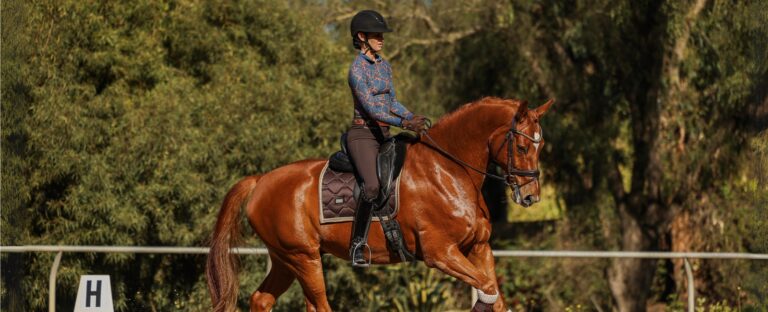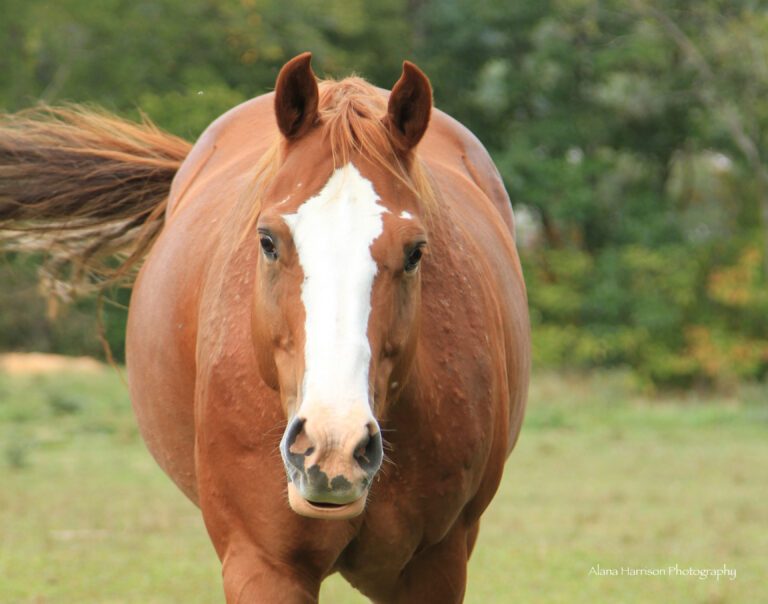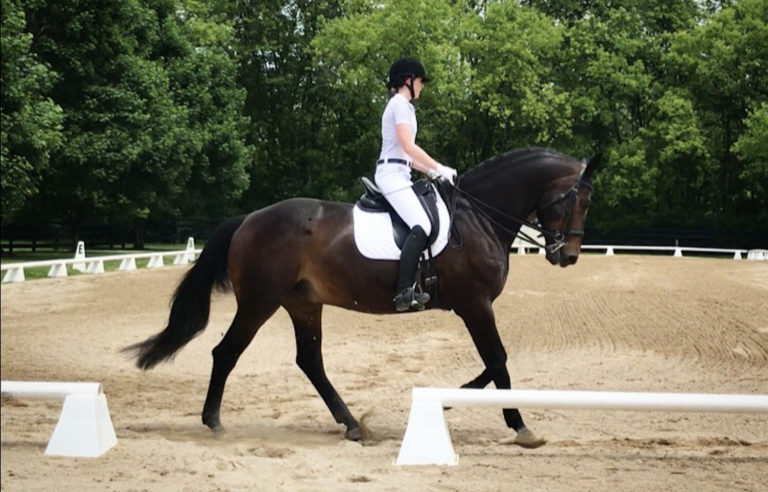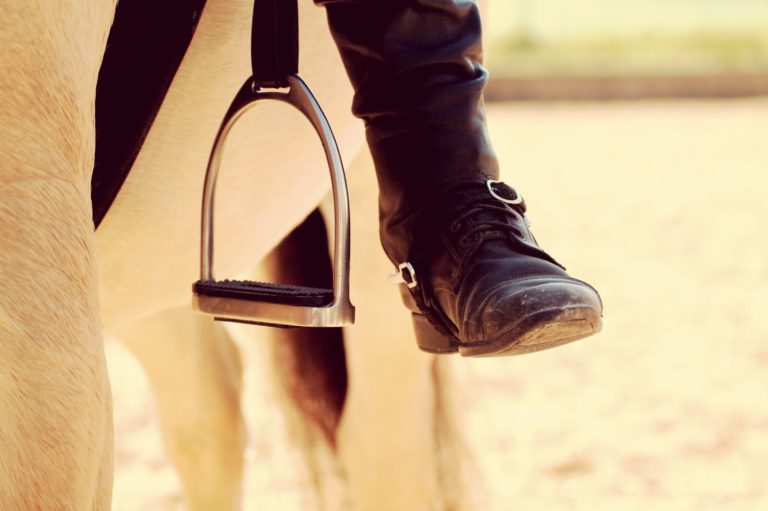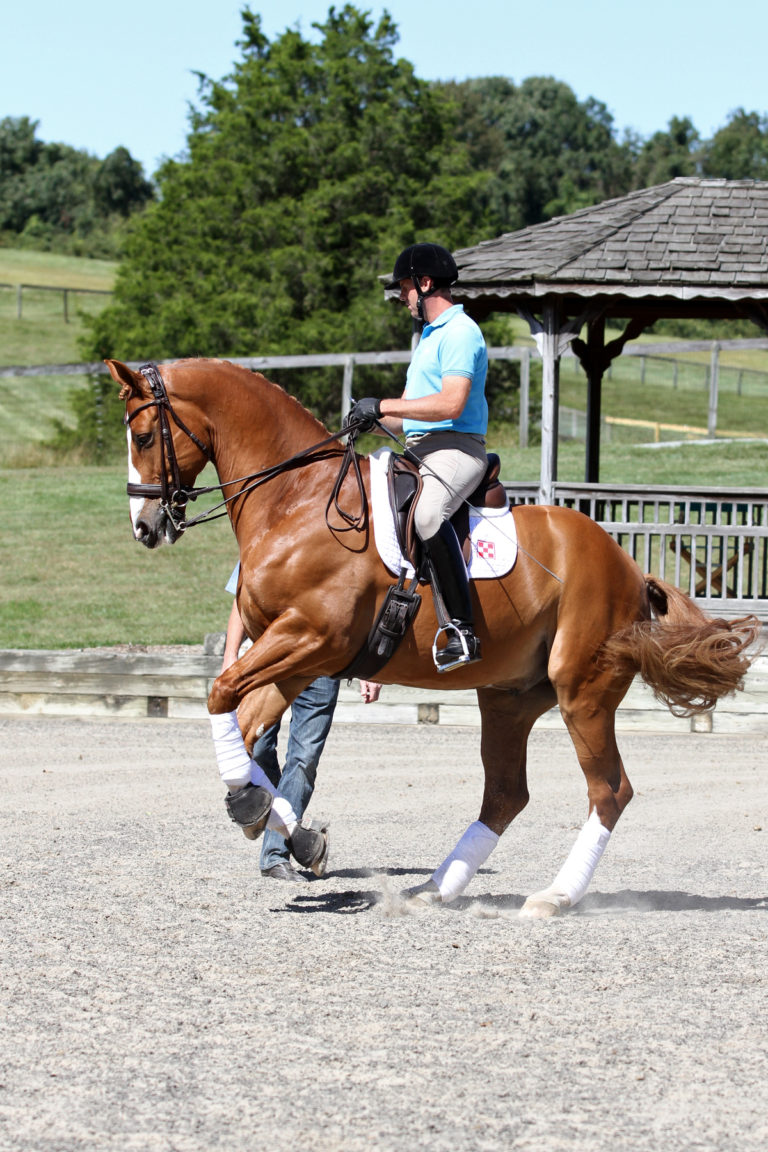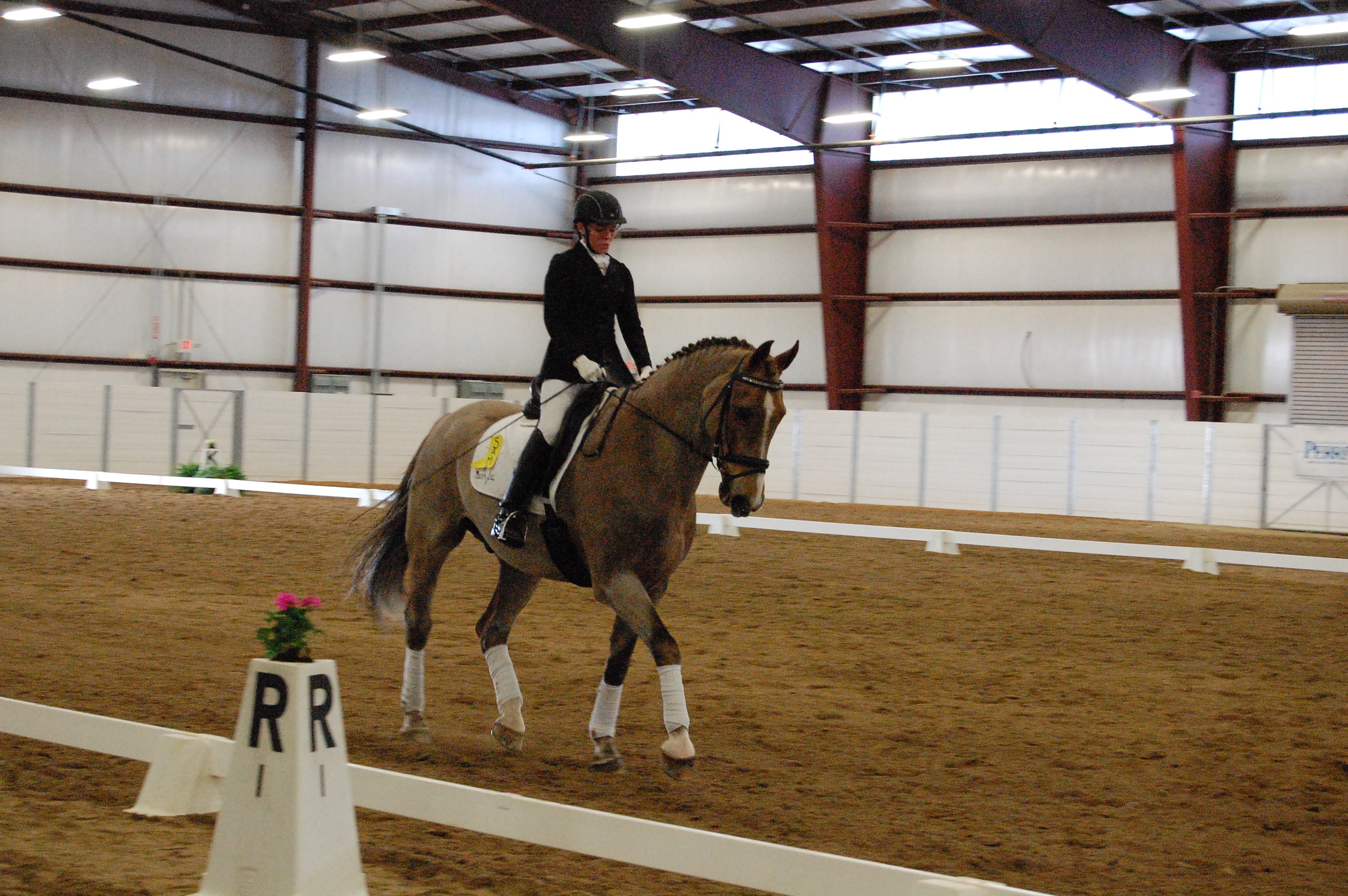
The Intercollegiate Dressage Association’s (IDA) objective to make dressage a team sport has developed over the years and athletes from numerous colleges and universities have valued the opportunity to represent their schools.
Camaraderie and the team mentality are meant to bring the sport of dressage into a collegiate atmosphere and help encourage teammates to build each other up and compete for more than just themselves: They compete for their team and for their school in order to better each other as a whole.
The IDA is, for some riders, their first team experience. Equestrian sports are typically practiced as individual sports. At the collegiate level, however, riders compete as a collective whole and put their best foot forward, regardless of their draw. In that sense, the catch-riding system that is utilized is what makes the program so unique.
Typically, colleges and universities compete within their own regions. On competition day, the host school provides students and coaches the opportunity to observe the show horses in a parade format, where the host students ride and allow competitors a glimpse of the pool of horses available on that day. Riders have not trained, lessoned or practiced on these horses prior to the show. Once they draw a horse, they are allotted 10 minutes to warm up before their test, a rule that is strictly enforced by student-appointed ring stewards. Catch riding and expecting the unexpected are key in this format of competition; it truly puts the rider to the test and develops the ability to handle a horse of any age or level.
USEF “R” judge Dorothy Maxfield, of New Jersey, and USEF “S” judge Debbie Rodriguez, of Virginia, judged the 2017 Intercollegiate Dressage National Championships that took place last April at Centenary Equine Center in Hackettstown, New Jersey. In this article, Rodriguez and Maxfield give a few insights and reflections on the challenges of riding and participating in the IDA program from a judge’s perspective.
Q: If riders are faced with a difficult draw, how would you advise them to warm up and handle the test?
A: “As a judge I don’t deal with that side of the competition, but my advice would be to do a lot of transitions, test the horse’s ability to leg yield and work to get the horse between the aids,” USEF “R” judge Dorothy Maxfield says. “Other than that, given the time allotted, it is very limited as to how much the rider can truly change. Solidify the basics as best you can but quickly through transitions and leg yielding. If you have them forward and back and sideways, you have them between the aids.”
USEF “S” judge Debbie Rodriguez suggests that riders should be systematic in their approach. Riders should check their left and right turning aids, do transitions and check their speed control. As she puts it, riders should “check all of the buttons.”
Q: What are some common mistakes you see in IDA riders? How can those be fixed?
A: “I was impressed by the riding at the 2017 nationals,” Maxfield says. “Riders could have been more forward, but if you are riding a strange horse, you’re not going to ride as bravely. I understood when some riders chose to ride a bit slower.” Another suggestion she adds: “When you come in the ring and you are going around the outside, you are not being judged, but you never know when the judge may be glancing up. From the minute you leave warm-up, you are showing and you are on a stage. You want to showcase yourself the best you can. Present yourself around the ring and make a good first impression.”
Q: How even is the playing field in an IDA class? Is there really such thing as a bad draw?
A: “It is definitely an even playing field, but there is also definitely luck of the draw,” Rodriguez says. “Bad draws exist, yes, but it is a competition and some horses are naturally more supple, fluid and easier to ride for a higher score. Some are more stiff and have training issues that are unrelated to the riders. Regardless of what happens, it is always an educational opportunity for the rider.”
QRegardless of the draw, what are your top tips on how to have a successful IDA test?
A“Stay focused, be forward-thinking and ride with a correct position no matter what horse you are on. Be accurate in your riding and keep correct and effective aids back to front,” Rodriguez says. Maxfield adds, “Riders only have a few short minutes to warm up. Make the most of it by checking lateral adjustability and be sure to practice a few transitions. After that,” she says, “riders mostly have to wing it and hope for the best.” Because of this, she gives riders credit for going in and doing what they do under these circumstances.
Q: What advice do you have for coaches in the IDA program?
A: “When you are at the competition, you need to be as positive and supportive as possible and avoid negativity,” Maxfield says. “Most importantly, training is done at home. Now you are at a show. It’s time to showcase yourself. Now is not the time to give a lesson. Lessons should be done at home.”
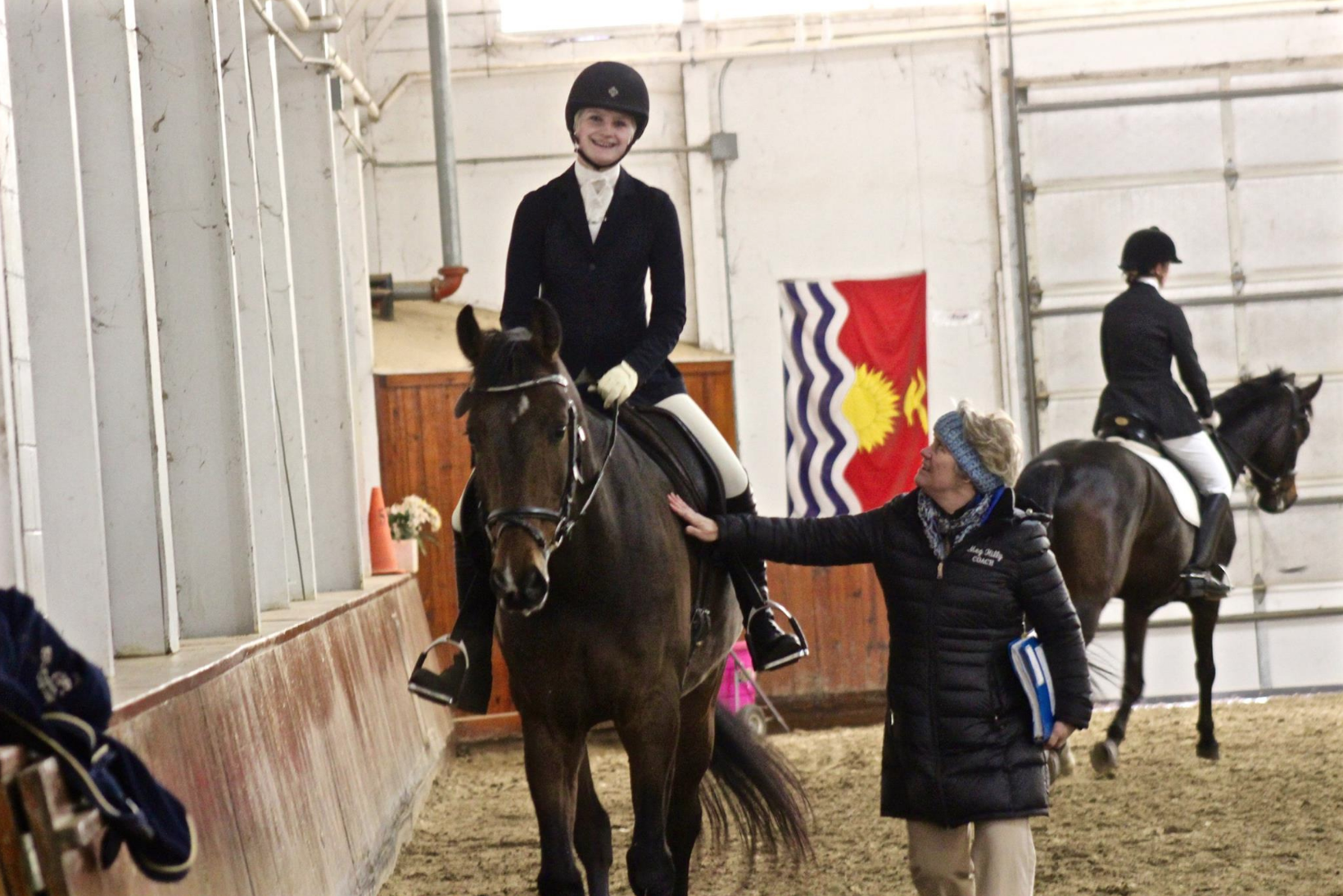
Q: From a judge’s perspective, what is easy about judging the IDA? What is hard?
A: For Maxfield, the easy part is judging what is in front of her during the test. She says, “You have to judge what you see. Even if you understand it’s a draw situation, you have to judge it as you see it. You judge what is in front of you.”
For Rodriguez, the hard part is not giving away “sympathy points” when it is evident someone has drawn a difficult horse.
Q: The toughest thing about IDA is also what makes it so unique. How can riders better improve their catch-riding skills besides simply riding more horses? How do riders get access to riding more horses to improve this skill?
A: “Stick with it,” Maxfield says. “Camaraderie is important. Work as a team, help your team members. You have what you have. The more horses you ride, the better—always. If you might be interested in the IDA program, try to find ways to expand your opportunities.” She admits, however, it is hard to find horses to ride. She suggests, “Do whatever it takes. Lesson on hundreds of different horses, swap rides with your friends.” To improve your catch riding, Rodriguez suggests to observe, watch and ask questions. “Make yourself available in barns that have horses and be willing to ride anything and everything that comes along.”
Q: What is one thing you always judge riders on? Is accuracy one of the primary things you judge? How can this be improved?
A: “The primary consideration is the use of the aids and that is reflected throughout the body of the test,” Rodriguez says. “Accuracy is a modifier for judges, not a primary focus, but it could cause a score to go up or down if a rider is on the fence. Accuracy is easy to correct by learning the geometry of the ring and appropriate figures. If you’re not accurate, you’re losing easy points in the arena. To improve your accuracy, riders can plot out the test, teach someone else the pattern and walk the pattern in an arena or on a living room rug. Anywhere that’s a basic rectangle is a great place to work through the geometry.”
Q: What is something you admire about riders who commit to trying the IDA program at their college or university?
A:“It’s a fantastic experience,” Maxfield says. “It’s like Pony Club: It stays with you for the rest of your life. I admire the teamwork and how everybody watches each other’s rides, pitches in to help make the show run smoothly, how people advise each other and the perseverance of those riders to get on and show, no matter what horse they have. Overall, I think it is a great program that the dressage community should appreciate, as it exposes young riders to the classical dressage system.”
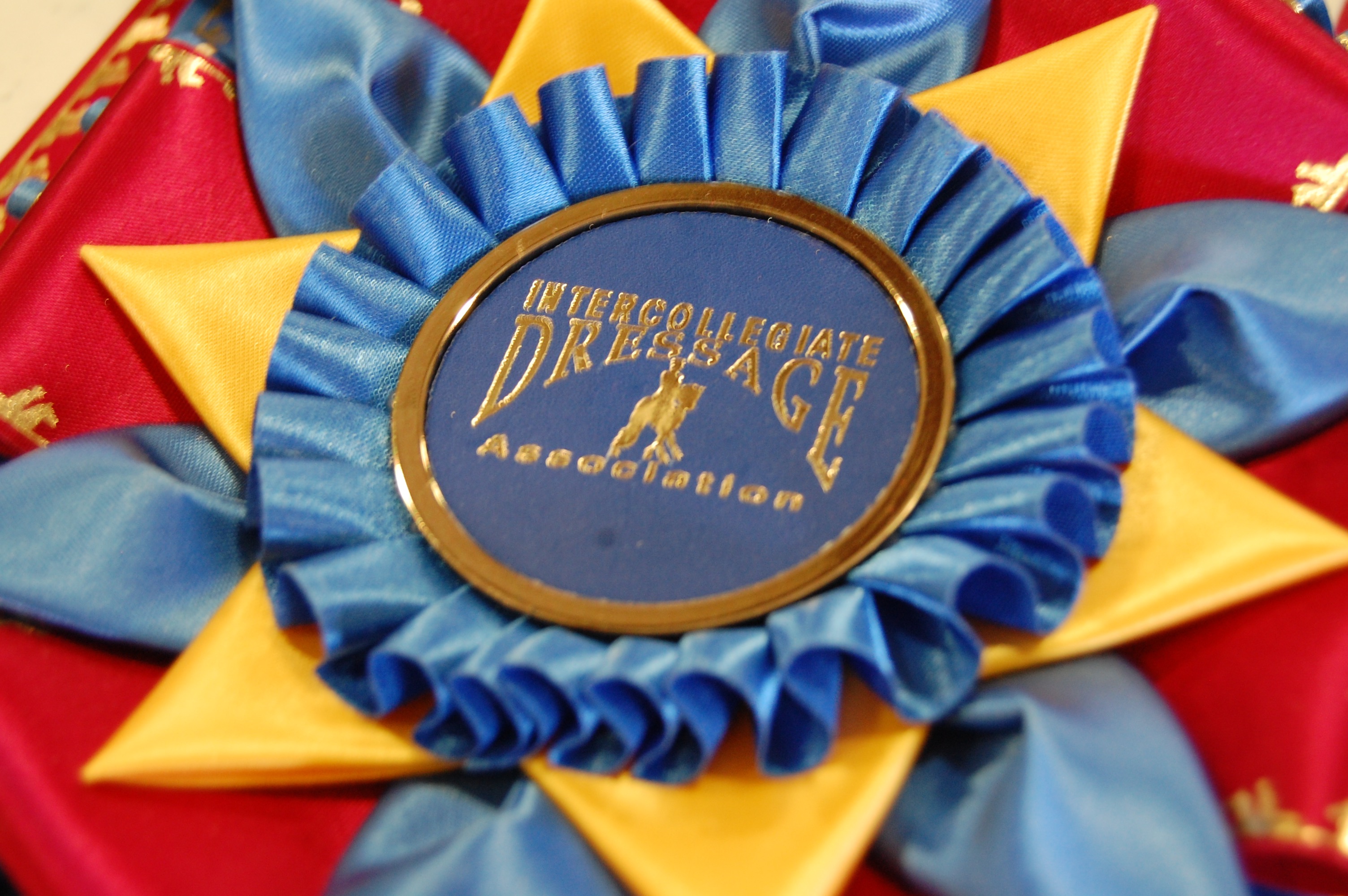
Debbie Rodriguez graduated from Lake Erie College with a degree in both equestrian studies and business administration. She currently runs her own training business in Williamsburg, Virginia. Her achievements include becoming a USEF “S“ and eventing “R“ judge as well as earning her USDF bronze, silver and gold medal.
Dorothy Maxfield grew up with horses and has trained her way to the Grand Prix level. Maxfield achieved her A rating in Pony Club and her USEF dressage “R“ and USEF “r“ eventing judging license. Other achievements include obtaining her USEF Technical Delegate’s certificate for eventing and dressage and her FEI Dressage Stewards license. She is also available for clinics.


